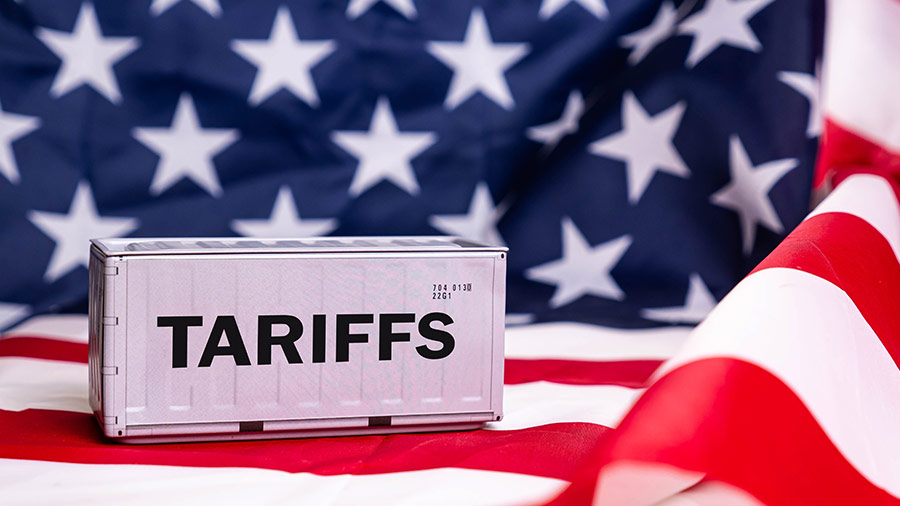Trump administration plans tariff enforcement starting August 1
Former President Donald Trump’s administration announced it will begin notifying countries about upcoming tariff changes set to take effect on August 1. Some bilateral trade deals have reportedly been reached, while others remain in negotiation.
Shift from multilateral to bilateral agreements
These new tariffs stem from an executive order issued on April 2, which imposed duties on a wide range of international imports. The announcement, made during a public event, referred to April 2 as “Liberation Day.” Initially, tariffs were set as high as 46% on products from major trade partners like Japan and Vietnam.
Following market concerns, the administration temporarily reduced tariffs to 10% for 90 days. However, the original rates are scheduled to return on July 9 unless specific deals are made with individual countries. So far, only the United Kingdom and Vietnam have finalized agreements.
Though the administration initially aimed to secure numerous deals by July 9, officials have since suggested Labor Day as a more realistic deadline.
Economic implications and consumer impact
Despite claims that tariffs target foreign governments, the costs are paid by U.S. companies that import goods. These costs often lead to higher prices for consumers.
Vietnam’s agreement, for example, sets tariffs at 20% — lower than the 46% announced in April but still significantly higher than the average 3% rate before 2017. Products like clothing, shoes, and appliances may soon become more expensive for U.S. consumers.
The current trade strategy emphasizes rapid bilateral deals over complex multilateral agreements. While this approach may reduce foreign trade barriers, it also presents economic risks and upfront costs for domestic businesses and households.







